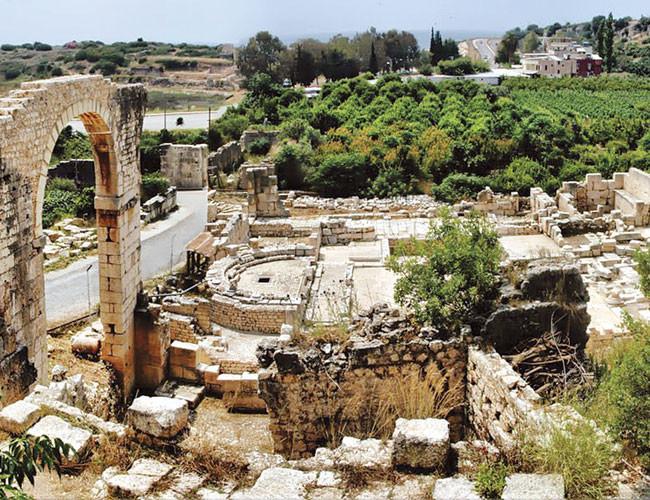
A theatre festival will bring together art lovers in the ancient city of Ayaş (also called Aegea), a part of the southern province of Mersin’s Erdemli district, between Aug. 3 and 8.
The ancient city’s theatre will raise its curtains next month, after 2,000 years, and stage various plays and art performances.
“Thousands of years later, on this stage, plays will be staged again. Time passes, cultures are changing, but the connective power of theatres keeps its validity at every period,” Erdemli Mayor Mükerrem Tollu said on July 5, Demirören News Agency reported.
“This festival that we are organizing in Ayaş is bringing out history on to the stage. I thank everyone that has worked at this organization. A different festival in which visitors will experience arts, history, and vacation waits,” Tollu also said.
The festival was announced to the public with the slogan “Good things are happening in Erdemli.” Those wishing to participate in the festival can either register as “visitors” or “audience” on the “www.ayasantiktiyatro.com” website.
Those under the category of “visitors” will be accommodated at tents set up at the ancient city and will have a chance to enjoy the sea during their period there.
Once the most important seaport on the Mediterranean, Ayaş was most populated during the 1st century B.C. It flourished during the Roman period in spite of various setbacks and was prosperous in 6th and 5th A.D.
The famous traveler Marco Polo, who first visited Ayaş in 1271, reportedly described it as a “city good for good trade,” adding that “all spices, silk, gold and wool from inland were carried to this town.”
But this wealth attracted the attention of the Mamluk Sultan of Egypt and Syria, Baybars I, who invaded in 1275, the first in a series of attacks that eventually brought about its downfall. Within a century, it disappeared from history, reports say.
Currently, the ancient city is split by the D400 road. On the north side of the road there is an agora (Greek for marketplace), and in the midst of it was a church building. A few crosses remain and some mosaics on the floor (though they mostly are covered by sand).
There is an amphitheater above the agora, as well. Remains of many columns are spread around the site. On the south side of the road there are more ruins of buildings leading over to the edge of the sea.